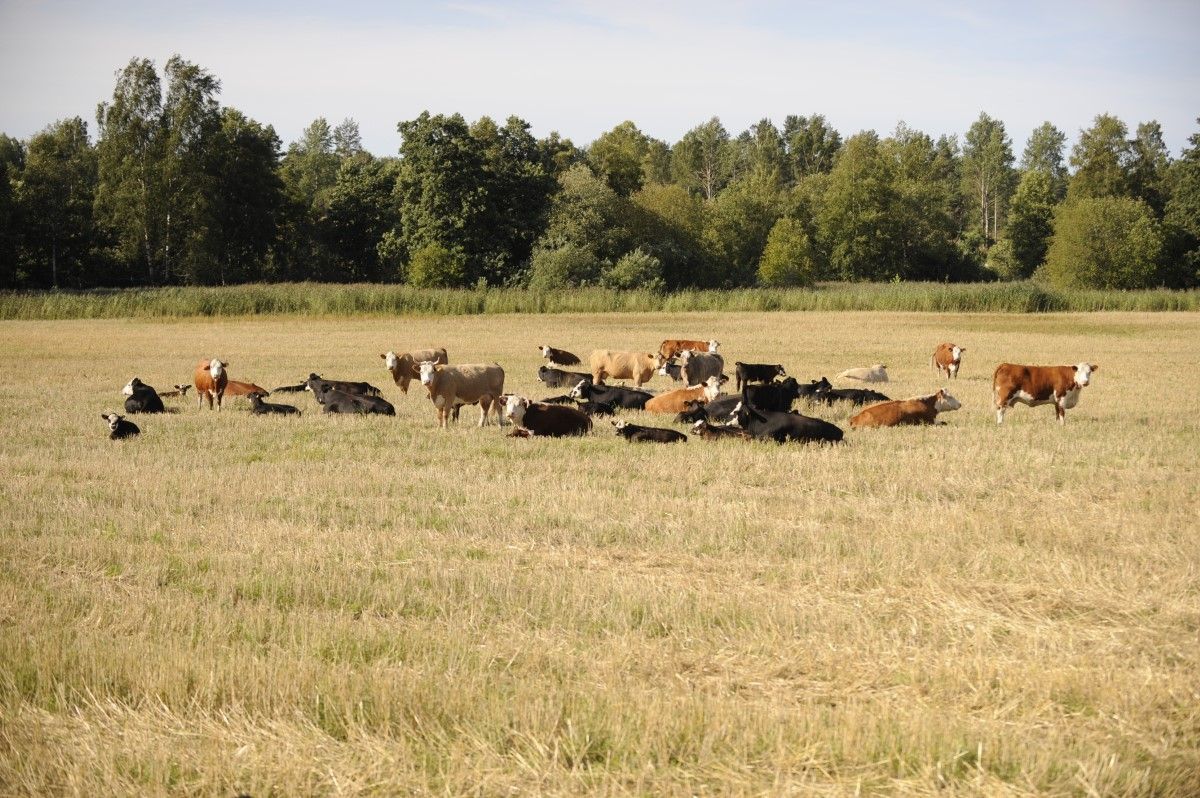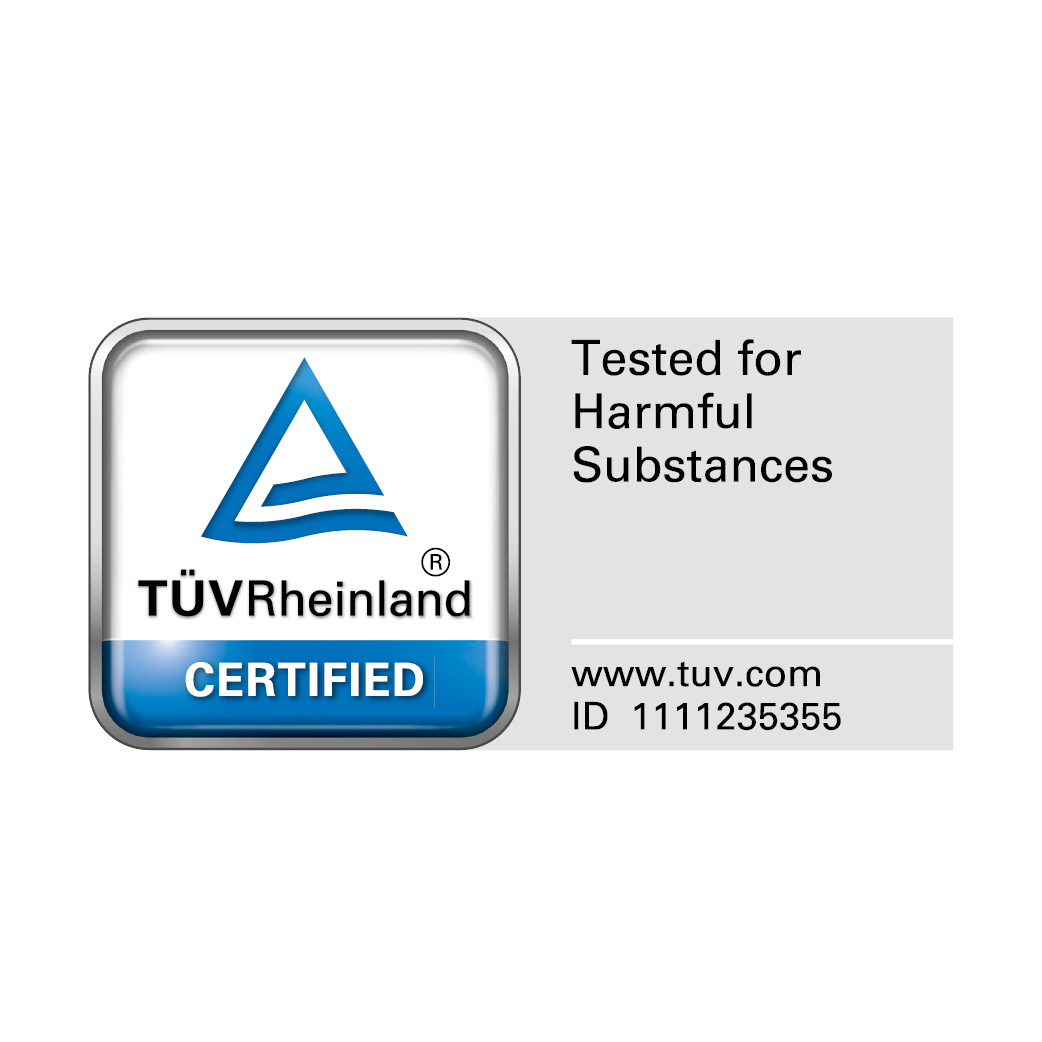
Our vision is that through our inheritance of craftmanship and the use of natural raw materials produce a premium product with the least environmental impact possible. To achieve this, we work every day according to our core values of sustainability and craftsmanship as well as our sustainability policy. Our sustainability work took a serious turn 35 years ago and we describe here some important events over the years. After 150 years of experience our knowledge of vegetable tanned leather is unmatched. We always embrace innovation and actively participate in our customer´s product development so you and your consumer can rely on premium quality.
Authenticity & Craftsmanship
As a quality-driven company we value knowledge in each part of our organization. Since 1873 we have developed a truly unique “hand feel” and a knowledge base you will not easily find elsewhere. We promise to you, our customer, to share this knowledge with you by consistently delivering premium quality in both material and craft.
Sustainability
It is really very simple. The earth was here before us, not the other way around. It comes naturally to us to run our business according to industries best practices and with great respect for both the environment and people. We take responsibility for our part in nature’s cycles and will continually seek for new ways to increase our knowledge and improve the sustainability of our processes.
Commitment
After 150 years of experience our knowledge of leather is unmatched. We enthusiastically embrace innovation and actively participate in our customers’ product development so you and your consumer can rely on premium quality.

TÜV
Vegetable tanning gives a natural and aesthetic leather. But more importantly, it enables us to have our leather certified by TÜV Rheinland. This means that our leather is tested and approved not to reach limit values for harmful substances.
35 years of environmental work
Vegetable tanned leather has been our focus since 1873. About 35 years ago we set new goals to produce leather that is as natural as possible and with the least possible environmental impact. This work still continues. Here are some of the highlights
